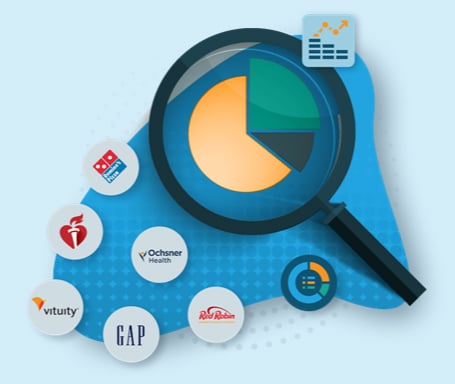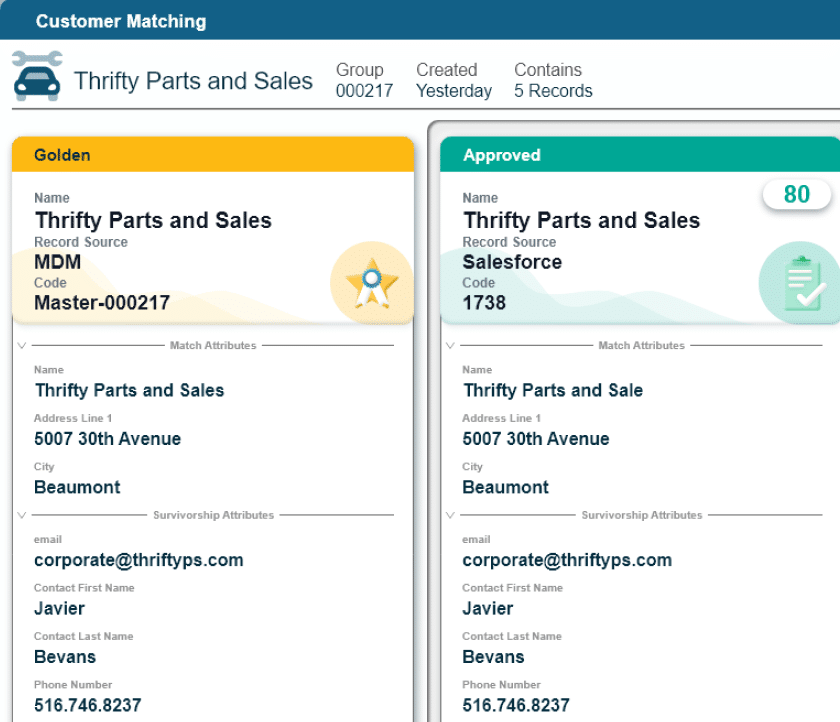In this three-part blog series, we dive into each component of the Definitive Guide to MDM Strategy. See the individual parts below:
6 key pillars for a successful MDM implementation:
Measurement
Finally, we have measurement. This pillar brings your MDM strategy full circle, because it requires you to go back to the beginning by looking at the business problem you’re trying to solve and the value of solving it.
To determine how you will measure success, you need to start by reiterating the problem you want to solve and the cost of that problem in your current state. From there, you can decide how you will measure improvement. Ideally, you can quantify improvement in dollars (saved or earned), but you can also measure success in other ways. For example, you can look at the quality and accuracy of customer records, the time it takes to onboard a new product or the number of errors on your website related to product information.
Why is Measurement Important?
Measurement is important because it allows you to prove the value of your MDM program.
Without measurement, you don’t know whether or not you’re delivering actual value in terms of the data stewardship experience, data quality or anything else. Measurement is the only way to determine whether or not you’re moving toward and reaching your goals. For instance, if you don’t know how much time someone spends cleansing records every week, then it’s very hard to know if you adjusted your data matching strategies in the right way to make that cleansing process more efficient.What is the Objective of Measurement?
At the end of the day, measurement allows you to see what’s going on with your program (both the successes and the failures) and make iterative adjustments as needed to keep it moving in the right direction. Furthermore, it helps ensure you’re spending money on the right efforts — efforts that are actually making a positive impact on your business in areas that matter for your users.
The most important thing to remember when it comes to measurement is that business doesn’t stand still. There’s constant change going on in the systems you’re using. Those ancillary systems generate a lot of data, and the quality of the data that flows into them changes as do the business processes around them. So without a finger on the pulse measuring those efforts, it’s nearly impossible to know whether you’re moving in the right or wrong direction. If your performance starts to degrade, you can’t wait until the end of the quarter for your financials to tell you that. You need to know as soon as it happens so that you can take corrective action and fix the problem before it becomes too big, and the only way to do that is to have constant measurement in place.

Eric Melcher
Eric has spent the entirety of his 15+ year career working in the enterprise information management space. As Chief Technology Officer, Eric is responsible for all aspects of product management, development and support for Profisee’s software portfolio.















